Advantages of Choosing Banana Palm Plants
Banana palm plants, often admired for their lush green leaves and exotic tropical appearance, are among the most versatile and beneficial plants you can grow in a home garden, farm, or even as part of a decorative landscape. Although commonly referred to as “banana palms,” these plants are technically giant herbs from the genus Musa, not true palms. Nevertheless, their striking resemblance to palm trees and their ability to provide fruit, shade, and beauty make them a top choice for many gardeners and cultivators worldwide.
Choosing banana palm plants offers a wide range of advantages. From their nutritional value to environmental benefits, from their economic potential to their ornamental charm, banana palms stand out as multipurpose plants with benefits that extend beyond the fruit they produce. Below is a comprehensive exploration of the major advantages of banana palm plants.
Banana palm plants are a powerhouse of benefits—nutritional, environmental, economic, and cultural.
1. Nutritional Advantages of Banana Fruits
The most well-known benefit of banana palm plants lies in the fruit they produce—bananas. Bananas are consumed worldwide as one of the most popular fruits due to their sweet taste, creamy texture, and rich nutrient profile.
Rich in Essential Nutrients: Bananas are an excellent source of potassium, vitamin B6, vitamin C, dietary fiber, and magnesium. Potassium, in particular, helps regulate blood pressure and supports heart health.
Natural Energy Booster: The natural sugars in bananas (glucose, fructose, and sucrose) provide instant and sustained energy, making bananas a popular snack for athletes.
Good for Digestion: High fiber content promotes healthy digestion and prevents constipation.
Supports Mental Health: Bananas contain tryptophan, which the body converts into serotonin, helping to improve mood and reduce stress.
Weight Management: Low in calories and fat, bananas are a healthy snack that keeps you full for longer.
By growing banana palm plants, you ensure a direct supply of fresh, chemical-free bananas packed with health benefits.
2. Versatility of the Plant
Banana palm plants are not just valued for their fruits; every part of the plant has a use.
Leaves: Banana leaves are commonly used as natural plates, food wrappers, or cooking surfaces in many Asian, African, and South American cuisines. Their large, waterproof, and heat-resistant qualities make them ideal for steaming and grilling food.
Flowers (Banana Blossoms): Banana blossoms are edible and used in various dishes. They are rich in fiber, antioxidants, and vitamins.
Stems and Pseudostems: The banana pseudostem is used in making ropes, mats, and even paper. In some regions, it is also used as fodder for livestock.
Roots: Banana plant roots help prevent soil erosion and improve soil structure.
This versatility makes banana palm plants an all-in-one resource, suitable for both household use and commercial purposes.
3. Environmental Benefits
Banana palms play a significant role in improving the environment and contributing to ecological balance.
Air Purification: Banana plants absorb carbon dioxide and release oxygen, contributing to cleaner air and a healthier environment.
Soil Health: Banana palms add organic matter back into the soil as their leaves and stems decompose, improving fertility.
Erosion Control: With their extensive root systems, banana plants help bind the soil, reducing erosion and protecting farmlands.
Climate Adaptability: Banana palms thrive in tropical and subtropical climates, tolerating high humidity and rainfall. They are excellent additions to reforestation projects and sustainable farming systems.
Thus, growing banana palms can be a conscious step toward environmental sustainability.
4. Economic and Commercial Value
Banana cultivation is one of the most profitable agricultural practices worldwide. Choosing banana palm plants can offer financial stability to farmers and entrepreneurs.
High Market Demand: Bananas are the most exported fruit globally, with consistent demand in both local and international markets.
Quick Returns: Compared to many fruit trees, banana palms produce fruit relatively quickly—within 9 to 12 months of planting.
Low Investment, High Yield: Banana cultivation requires moderate investment, and the yields can be substantial when grown under proper conditions.
By-Products for Sale: Banana fibers, blossoms, and leaves are sold in various industries, creating multiple streams of income.
For small-scale farmers, home gardeners, or large plantations, banana palms serve as an excellent source of income generation.
5. Ornamental and Aesthetic Value
Banana palms are not only useful but also beautiful. Their lush, broad leaves and tropical appearance add a vibrant, exotic look to gardens, patios, and landscapes.
Tropical Ambience: They create a vacation-like atmosphere in home gardens, resorts, and hotels.
Shade Provider: Their wide leaves provide shade, making them ideal for outdoor seating areas.
Complementary Landscaping Plant: Banana palms pair well with other tropical plants like hibiscus, palms, and bird-of-paradise flowers to create an aesthetically pleasing garden.
This ornamental value makes banana palms a perfect choice for anyone who wishes to beautify their surroundings while enjoying practical benefits.
Note:Banana palm plants are a powerhouse of benefits—nutritional, environmental, economic, and cultural.
6. Easy Cultivation and Maintenance
Banana palms are relatively easy to grow compared to many other fruit-bearing plants.
Fast Growth: They are among the fastest-growing tropical plants, producing fruit within a year.
Minimal Care: With proper sunlight, water, and well-draining soil, banana palms thrive without excessive maintenance.
Container-Friendly Varieties: Dwarf banana palms can be grown in pots, making them suitable for small gardens or indoor spaces.
Year-Round Production: In suitable climates, banana palms can produce fruit year-round, ensuring continuous supply.
This makes banana palms an ideal choice for both beginner and experienced gardeners.
7. Cultural and Traditional Importance
Banana palms hold a sacred place in many cultures, traditions, and rituals.
Symbol of Prosperity: In many Asian cultures, banana plants are considered symbols of fertility, prosperity, and good fortune.
Religious Uses: Banana leaves, fruits, and flowers are used in Hindu, Buddhist, and other traditional ceremonies.
Culinary Heritage: In several countries, serving food on banana leaves is a sign of hospitality and tradition.
Choosing banana palms also helps preserve cultural heritage and traditional practices.
8. Health and Medicinal Benefits
Apart from their nutritional profile, banana palm plants offer medicinal properties.
Banana Fruit: Helps reduce acidity, soothes ulcers, and maintains electrolyte balance.
Banana Blossoms: Known to regulate blood sugar levels, improve lactation in mothers, and support menstrual health.
Banana Leaves: Used in traditional medicine for their antimicrobial and anti-inflammatory properties.
Banana Stem Juice: Consumed in many cultures as a detoxifying drink, beneficial for kidney health and weight loss.
These medicinal benefits make banana palms more than just a fruit-bearing plant—they become a natural remedy for several health conditions.
9. Sustainability and Zero-Waste Plant
Banana palms are often described as zero-waste plants because nearly every part of the plant can be used productively.
Edible Parts: Fruits, flowers, and stems.
Household Use: Leaves for wrapping and serving food.
Agricultural Use: Stems and leaves for animal fodder.
Industrial Use: Fibers for making textiles, ropes, and handicrafts.
This sustainable nature ensures that nothing from a banana palm goes to waste, making it an eco-friendly plant choice.
10. Psychological and Lifestyle Benefits
Beyond physical health, banana palm plants can positively affect your lifestyle and mental well-being.
Stress Relief: Being surrounded by lush greenery creates a calming effect and reduces stress.
Connection to Nature: Caring for banana palms fosters mindfulness and a sense of responsibility toward nature.
Improved Lifestyle: With fresh bananas available at home, you can adopt healthier eating habits.
Growing banana palms can contribute to a healthier, more balanced, and eco-conscious lifestyle.
Conclusion
Banana palm plants are a powerhouse of benefits—nutritional, environmental, economic, and cultural. Whether you are a home gardener looking to beautify your backyard, a farmer aiming for profitable yields, or someone simply passionate about sustainable living, banana palms offer unmatched advantages.
Their fast growth, versatile uses, and year-round production make them a practical and rewarding choice. From providing delicious, nutrient-rich fruits to enhancing the aesthetic appeal of spaces, from supporting cultural traditions to contributing to environmental sustainability, banana palms are truly an all-purpose plant.
By choosing banana palm plants, you are not only investing in your health and surroundings but also contributing to a greener, more sustainable, and prosperous future.
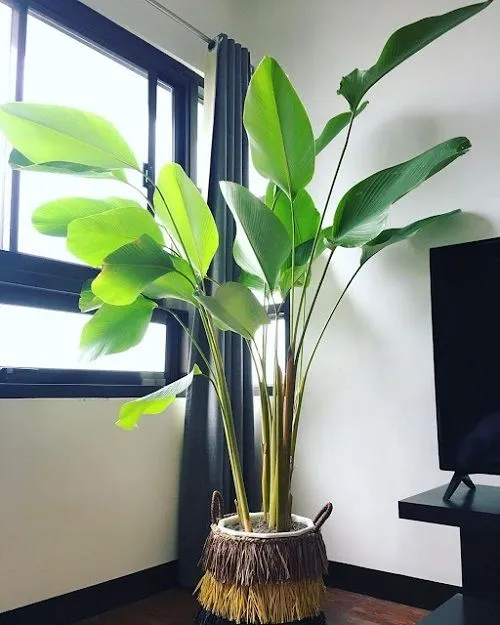
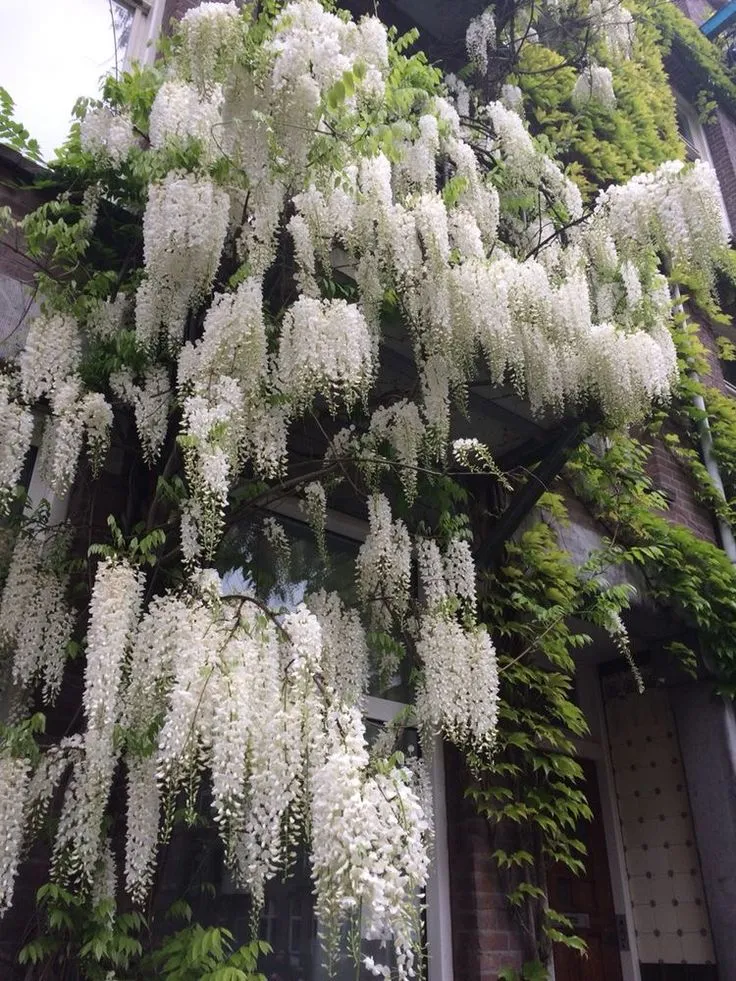
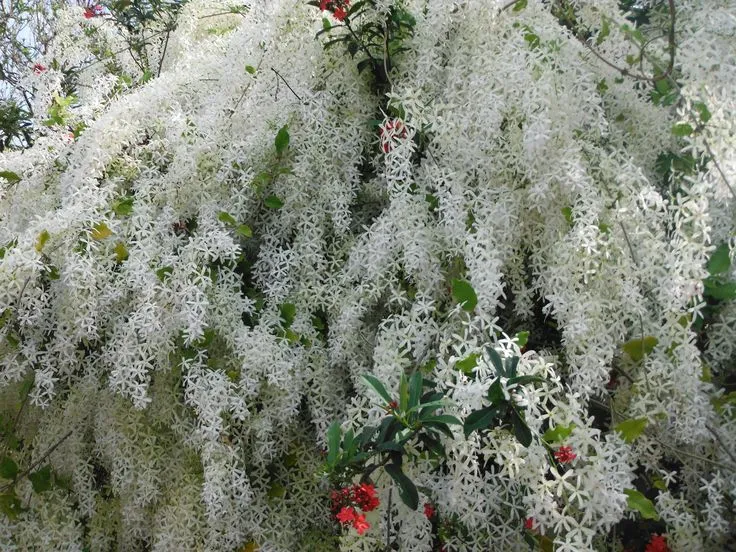
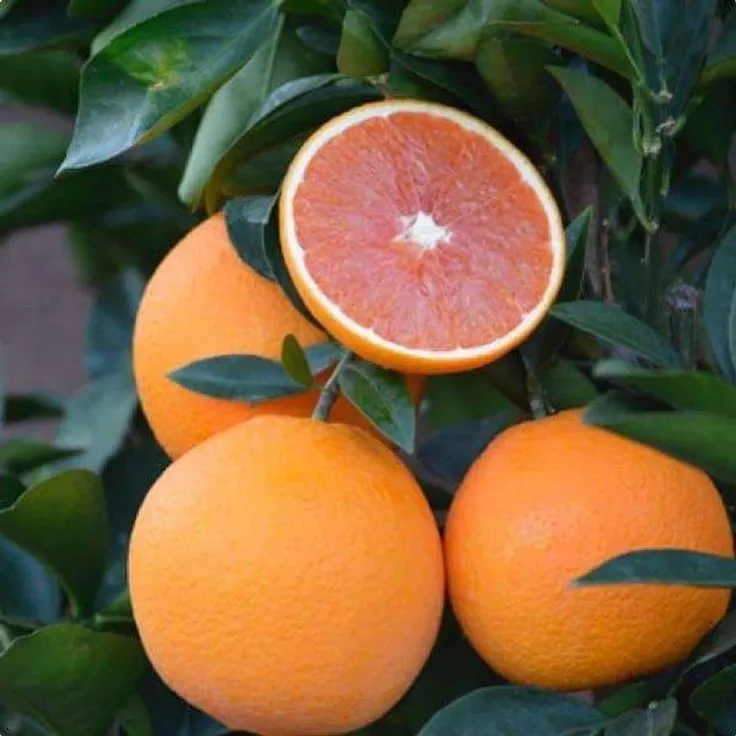

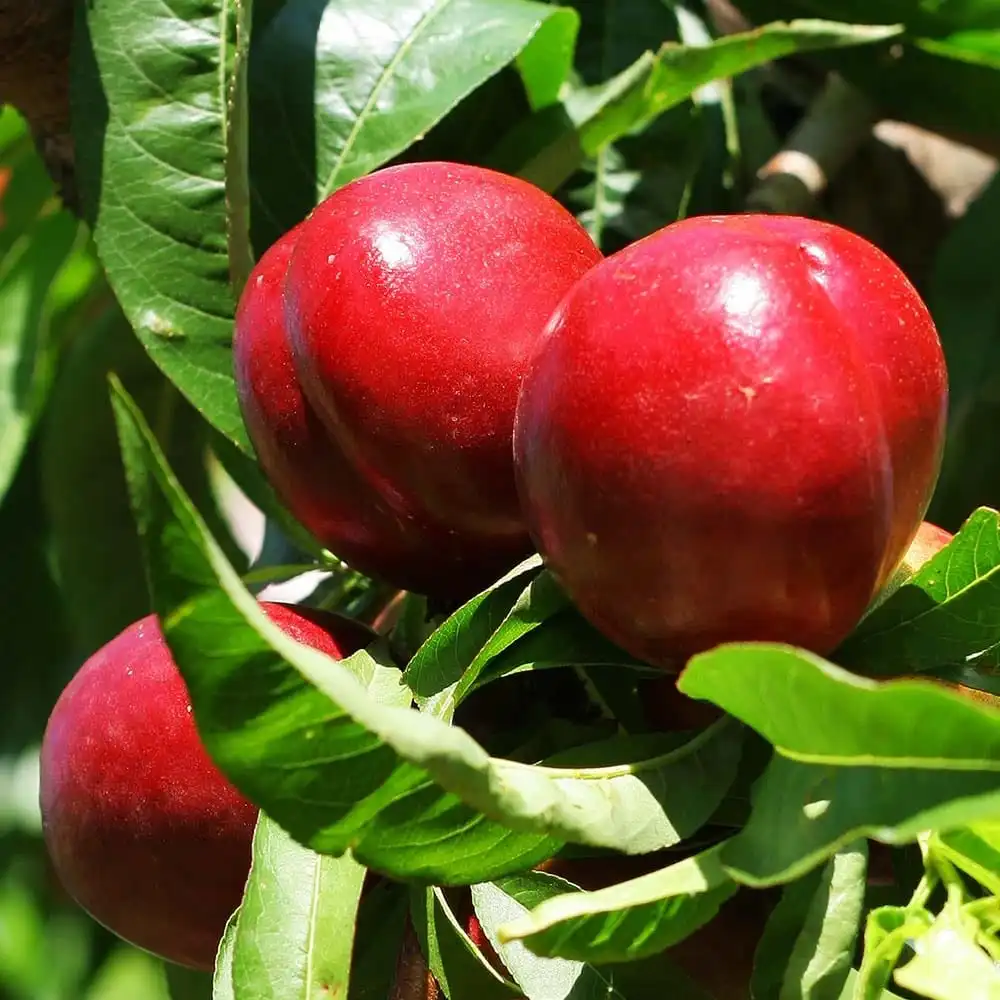
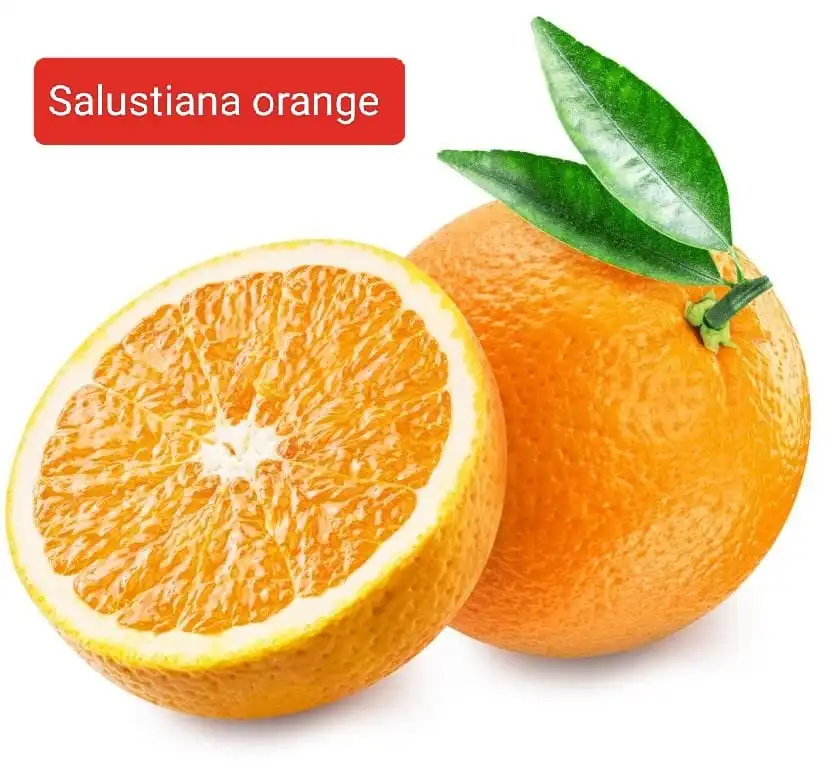
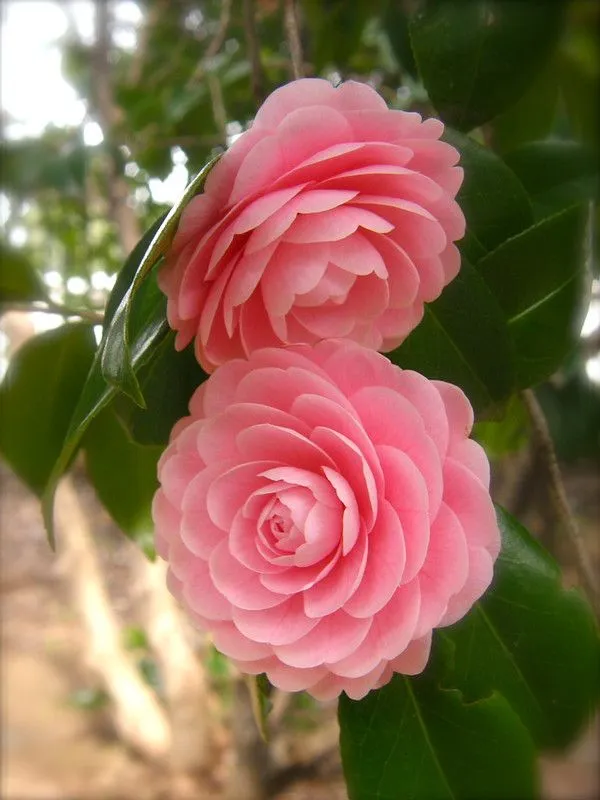
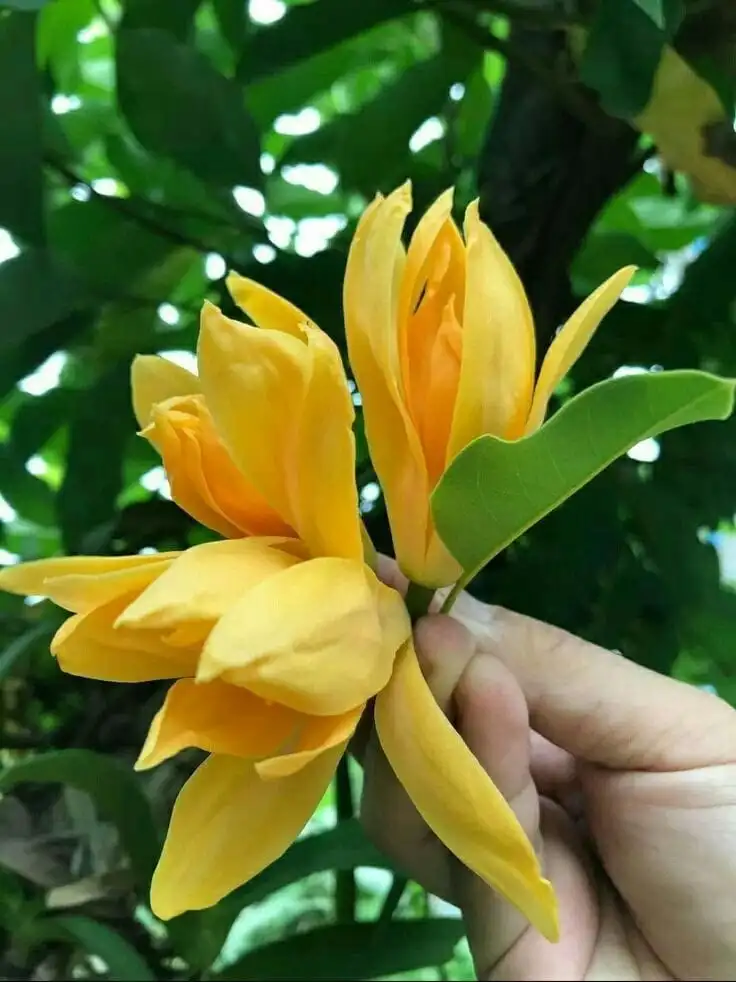


Leave a Reply